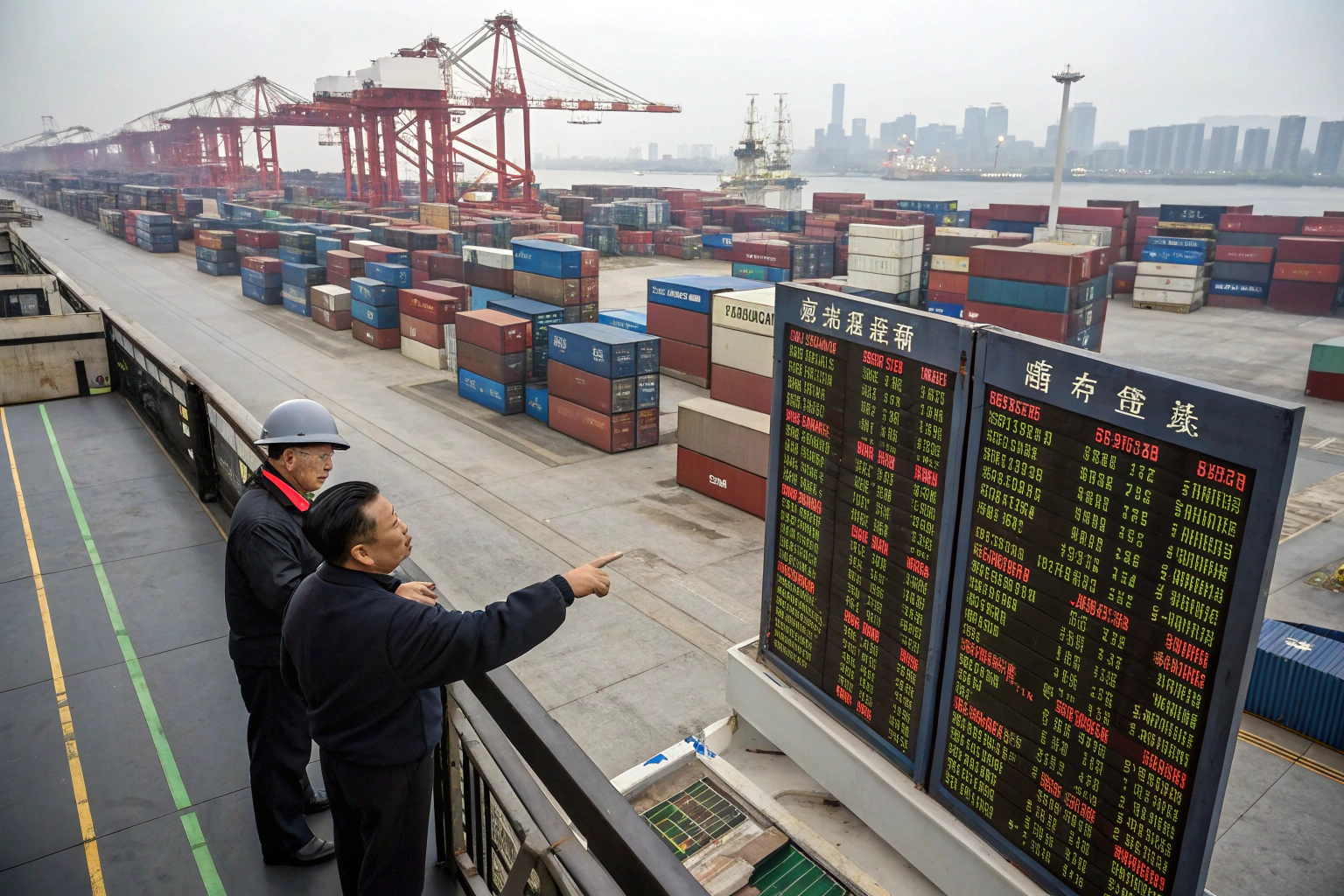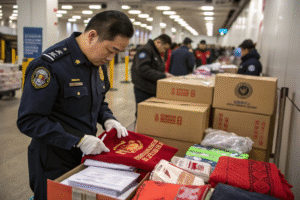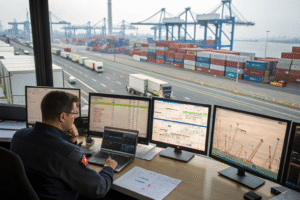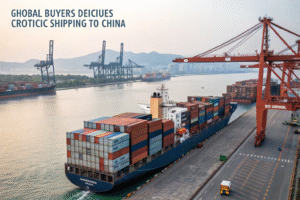In July 2025, businesses across North America received unexpected — but welcome — news: China to U.S. West Coast freight rates plummeted 63% compared to early 2024 levels. The shipping cost that once drained margins suddenly became a source of savings.
Freight rates dropped because of excess vessel capacity, weaker-than-expected demand, overbooked inventory cycles, and competitive pressure among carriers.
As a freight forwarding provider with firsthand data from ports, shippers, and logistics partners, I’ll walk you through the causes and impacts behind this dramatic decline — and what it means for you.
What Caused the Sudden Drop in Freight Rates?
A price drop of this scale doesn’t happen overnight or for a single reason. This time, it’s a perfect storm — in reverse.
The key causes of the July 2025 drop include vessel overcapacity, sluggish U.S. demand, earlier inventory gluts, and rate wars among carriers.

Is Overcapacity the Leading Factor?
Yes. Carriers like Maersk and MSC brought in more newbuild vessels this year than the market could absorb. The increase in TEU capacity across major ocean routes — especially Asia-U.S. — outpaced demand by over 20%.
Combined with port automation upgrades in China, this overcapacity resulted in excess availability on most sailing schedules, especially for West Coast ports like LA and Long Beach.
Did Demand Decline in the U.S. Market?
According to Freightos’ market index, consumer goods imports have cooled off compared to the post-pandemic boom. U.S. retailers are still clearing inventory stockpiled from 2023 Q4 and cautious about over-ordering in 2025 due to rising interest rates and consumer conservatism.
How Did Rate Wars Among Carriers Impact Prices?
Even with falling demand, competition among carriers has intensified. The result? Undercutting and deep discounts.
Top carriers slashed spot rates and contract offers to retain volume, especially on shorter-term routes to the U.S. West Coast.

Which Companies Are Leading the Price Cuts?
Smaller Asian lines like CMA CGM and ZIM Integrated Shipping are offering aggressive rates to capture mid-tier shippers, particularly those switching from traditional forwarders to digital-first solutions.
Meanwhile, larger players are reacting to protect market share. Some GeeseCargo clients received quotes under $1,500 per 40HQ container — rates we haven’t seen since pre-COVID days.
Are Spot Rates Lower Than Contract Rates Now?
Yes — temporarily. While contract rates are slow to adjust, spot rates for China to LA/LB are as much as 35–45% lower as of July. Platforms like Xeneta show real-time discrepancies between FAK (freight all kinds) and long-term rates.
This creates an advantage for clients with flexible shipping schedules — a trend we help optimize daily.
How Are Importers Benefiting from These Low Rates?
Whether you ship apparel, accessories, or electronics — low freight rates mean higher profit margins and fewer pricing pressures downstream.
Importers are saving on each container, improving margins, and re-evaluating shipping timelines and stocking strategies.

What Are Some Practical Ways to Take Advantage?
Here’s what savvy clients are doing:
- Negotiating better annual contracts using current spot trends
- Switching from rail/truck combo to direct ocean shipping
- Increasing shipment frequency while maintaining cost levels
We’ve helped clients like a California-based giftware distributor shift from bi-monthly to weekly shipments without cost increases.
Will These Benefits Last Into Q4 2025?
Short answer: not likely. Historical trends and Drewry’s forecasts suggest rate rebounds starting late Q3 as retailers prep for peak season. July's drop offers a limited window to lock in savings.
What Risks Should You Watch Despite Lower Rates?
Lower prices don’t mean lower responsibility. In fact, they can mask hidden risks.
Importers must still monitor schedule reliability, port congestion, transit time fluctuations, and potential rate hikes due to trade policy shifts.

Could Services Be Cut Due to Low Rates?
Yes. To protect profitability, carriers may cancel sailings (blank sailings) or reduce port calls. This can delay even booked shipments and disrupt just-in-time inventory models.
Sites like Alphaliner track blank sailing schedules, which we integrate into our client planning tools.
Are There Policy or Tariff Changes Coming?
The U.S. is heading into a presidential election cycle, and trade policy could change quickly. Tariff reviews, anti-dumping duties, or China-specific regulations may increase cost unpredictably.
We actively monitor updates via USTR and adjust our shipping and customs clearance strategies in advance.
Conclusion
The 63% drop in China–U.S. West Coast freight rates in July 2025 is no fluke — it’s a combination of excess capacity, low demand, and strategic pricing battles.
As a freight forwarder, we at GeeseCargo see this as an opportunity — not just to save, but to help our clients plan smarter, negotiate harder, and ship with precision.
If you’re shipping from China this summer, don’t let the low price fool you — use it strategically, and prepare for what’s coming next.









